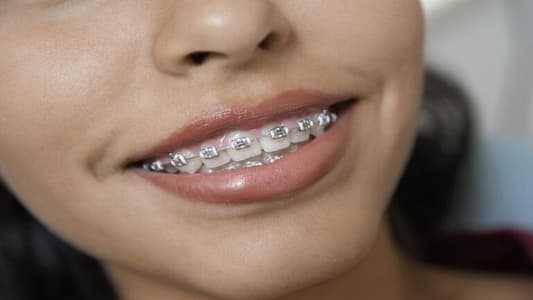Scientists at the National University of Science and Technology in Russia have developed a thermoplastic material based on polyurethane, which can be used to create orthodontic devices. The university's press office indicates that this material can also be used as a bio-coating for various medical devices and equipment, and that using this material will make the cost of orthodontic procedures cheaper and faster.
Research team leader Marina Gorbunova says, "The most significant features of smart polyurethane materials are their high mechanical strength, biocompatibility, and excellent ability to recover shape, as well as the ability to control the speed of shape recovery and the pressure exerted on teeth. This reduces treatment costs and shortens the duration of wearing braces and wires."
The material developed by the scientific team is a special polymer based on polyurethane that can revert to its original state under certain conditions. This is due to the fact that the material created by the Russian scientists is made of soft and hard incompatible particles, forming a complex nanostructure when cooled to room temperature.
During their work, the scientists studied how heating, other factors, long-term storage, and the ratio of soft and hard particles in the polymer affect the properties of the innovative material. Tests have shown that the mechanical properties of the material can easily be altered by changing the crystalline structure of the soft particles during the heating process.
The researchers note that this property, as well as the low melting temperature of the crystals, which is close to human body temperature, make the smart material very suitable for producing orthodontic products. According to them, the invention of the material has attracted the interest of Russian companies. Therefore, they plan to produce prototypes of orthodontic products based on smart thermoplastic materials in the near future.




